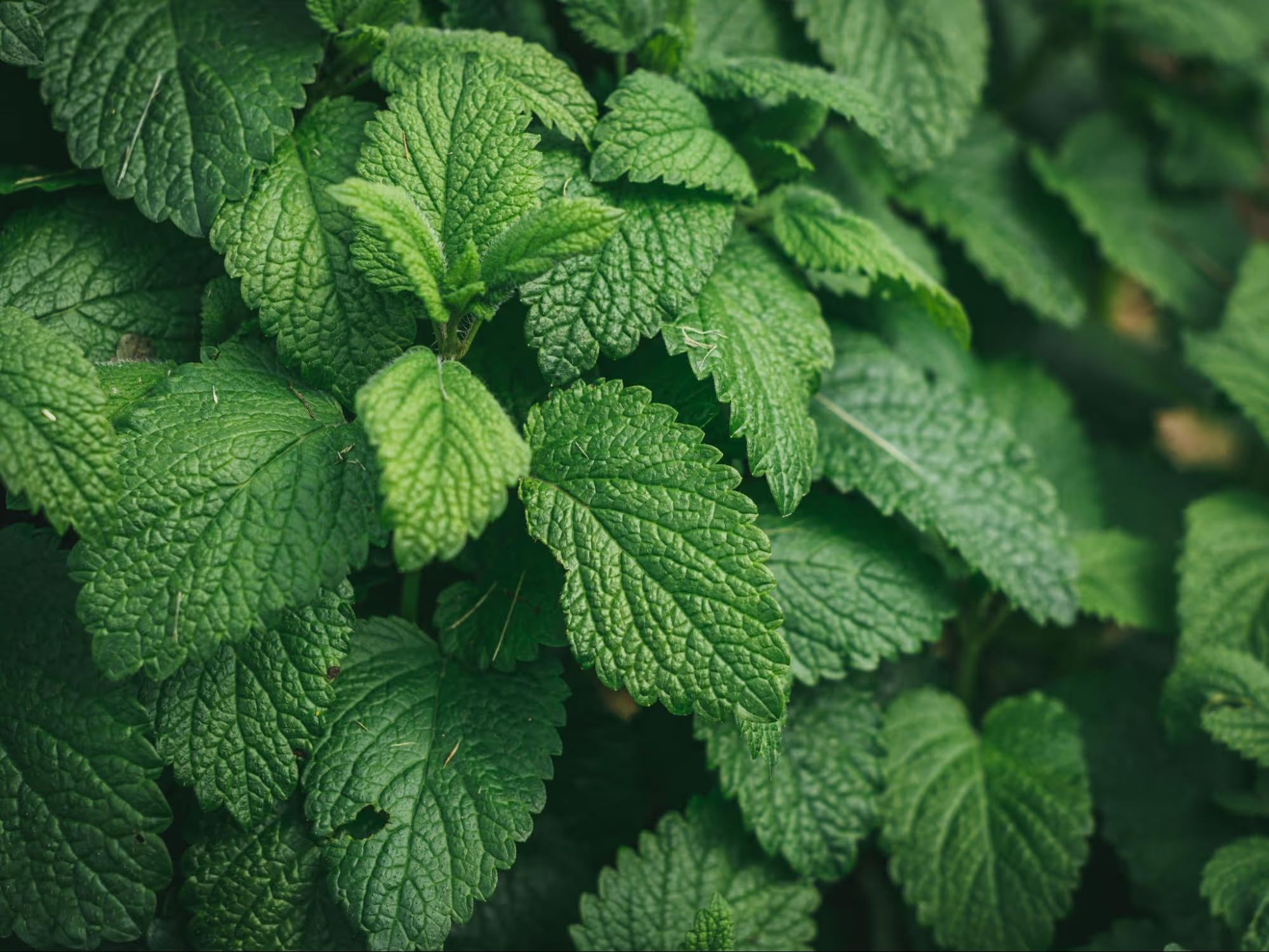
The various colors of mint leaves can be a sign of specific varieties or an indicator of the plant's condition. The most common colors that can be observed in mint are light green, dark green, and purple. These color changes are not just aesthetic aspects but can also provide information about the plant's health and its growing conditions. Depending on factors such as mint variety, light exposure, humidity, and nutrition, the color of the leaves may change, indicating various physiological processes and potential stress factors.
The most common color for mint leaves is light green. This color indicates a healthy plant receiving enough light, water, and nutrients. Light green shades can be present in many mint varieties, such as "Peppermint" or "Spearmint." Under normal growing conditions, light green color is a sign that the plant is functioning optimally.
Dark green mint leaves indicate a good level of chlorophyll, meaning the plant is successfully photosynthesizing and utilizing light for growth. Dark green color can be seen in some mint varieties or when the plant grows in conditions with less light but sufficient nutrients. This color also indicates that the plant is growing in balance, without signs of stress or resource shortages.
Some mint varieties, such as "Purple Mint," naturally have purple leaves. This color results from the presence of anthocyanins, pigments that give purple, red, and blue tones. Anthocyanins may also appear in the plant as a response to stress, excessive sunlight exposure, cold, or even diseases. While purple leaves can be normal for certain mint varieties, in some cases, they may indicate plant stress. It is important to monitor other symptoms, such as drying leaves or changes in plant shape, to determine if the purple color signals that the plant is suffering.
When a mint plant experiences stress from various factors such as excessive sunlight, inadequate moisture, or nutrient deficiencies, changes in leaf color can occur. These changes may appear as yellow, brown, or purple tones, signaling that the plant is not in optimal health. For example, too much direct sunlight can cause leaf burns, leading to purple or brown color changes. Similarly, a nitrogen deficiency can cause yellowing of the leaves, while a potassium deficiency can result in purple hues.
Deficiencies in certain nutrients, such as nitrogen, phosphorus, potassium, magnesium, and iron, can be reflected in the color of mint leaves. For example, nitrogen deficiency causes yellowing of the lower leaves, while phosphorus deficiency may result in dark green or purple tones. Potassium deficiency can cause purple spots at the edges of the leaves. A plant lacking essential nutrients will not be able to grow properly, so it is important to regularly monitor the plant's nutrition and provide appropriate fertilizer.
To keep mint leaves healthy and rich in green color, the plant needs to be in optimal conditions. This includes sufficient light, but not excessive direct sunlight, moderate temperatures, appropriate humidity levels, and regular watering. It is also essential to ensure a sufficient supply of nutrients through quality soil or appropriate hydroponic solutions. Proper plant care will not only provide beautiful green leaves but will also improve its yield and quality.
The colors of mint leaves provide valuable information about the plant's health and growing conditions. Different shades, such as light green, dark green, and purple, can be signs of specific varieties or responses to external factors like light, humidity, and nutrition. Changes in leaf color, such as yellow, brown, or purple tones, may indicate stress or nutrient deficiencies, highlighting the importance of proper plant care. Maintaining optimal growing conditions for mint, including appropriate watering, lighting, and nutrition, is crucial for the plant’s health and the quality of its leaves. Monitoring these changes can ensure that the plant remains healthy and grows successfully.